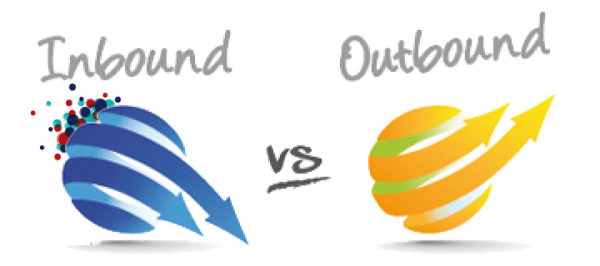
If you are considering a marketing and advertising plan for your B2B company, forget everything you think you may need—a glossy brochure, a four-color ad in the paper and trinkets (mugs, stress balls) with your company logo. No really, forget them. They don’t work—and if you read on, I’ll explain why and give you a few tips for developing a comprehensive strategy that will bring qualified customers to your “doorstep.”
Traditional marketing tactics as we know them are costly and leave you wondering, “where is my ROI?” In the past (and it still happens), companies would spend a lot of time creating just the right brochure to take on sales calls, hand out at meetings or send via direct mail to a purchased address list. Rarely would the brochure effort result in a new client or a sale, yet they had spent thousands on designing, printing and mailing it. The reality was the person who had received the brochure tossed it aside, or worse, right into the trash. The reason? They didn’t need that company’s services at that time or perhaps would never need them because they weren’t the right person to be receiving the brochure in the first place.
Today, most people turn to the Internet when they need something. They type in the service they are looking for, or a problem they need solved, and then scan the top listings on the search results page. That’s singular—page. Many people don’t spend time going through the dozens (or hundreds) pages of results and simply focus on what appears on the first page.
So, if this is how people locate the companies they want to work with or who can help them solve their business problem, is your company doing what it takes to rank near the top when searched? It’s more than having a website that tells people who you are, what you do and how you do it. A static page is almost worse than not having a page at all.
Businesses that actively promote what they do and how they solve potential clients’ problems have blogs they update regularly, are active on social media, use email newsletters and create landing pages with offers on their website to pull those interested in what they do even closer. It’s called Inbound Marketing. As I said, forget all you thought to be true about marketing and turn it upside down. Instead of blasting out general information or buying ads, create targeted marketing messages that pull in the people most interested in what you do and who need your services. Using your content to position you as an expert in your industry or field of work sets you apart from competitors who are still marketing the old way—the outbound way.
Here are a few tips to get you started.
Blog regularly
Whether you sell safety equipment to gas drillers or leadership training to large corporations, you should focus on a targeted marketing strategy that addresses the pain points of your potential clients. Do this by first setting up a blog on your website. Focus on those pain points—in other words, what problems are potential customers often experiencing that your company can help with? Write about those. Demonstrate you’re the expert in this area—whatever that may be. Incorporate multimedia into your blog. Have a customer who has agreed to do a testimonial? Videotape them and post it to your blog. Write a post and link to videos that complement your blog topic. Be sure to post as often as you can. For some, it’s daily. For others, weekly or monthly is more realistic. Keep in mind that the more often you post, the easier you’ll be found online through the search engines.
Optimize your site and blogs
Search engine optimization is important. Make sure you include keywords for your company, industry and of course pain points customers may experience. Incorporate those on your website and in your blog posts.
Utilize social media
Social media is a great way to drive traffic back to your website or blog—if done correctly. Choose the social media outlets you plan to use (more is not always better) and follow the One Third Rule for creating content and engaging with your audiences. This will help keep you current and improve your search rankings.
Consider purchasing inbound marketing software
There are a few good marketing platforms that allow you manage your inbound marketing activity in one spot. At WordWrite, we use Hubspot for our own marketing as well as some of our clients. We are a certified reseller of the marketing software, so if you would like to know more, just ask us. We like its ease of use and strong analytics tools that help you focus your marketing activity and draw people into the sales funnel.
In summary, it’s important to focus your marketing efforts on reaching the people who are most likely to buy your product or service. You do this by creating compelling content on a regular basis so these potential buyers can find you when they are looking to buy. Inbound marketing is no fad, trust me. It works—and you’ll see ROI, unlike with a brochure or ad campaign.
If you’d like to know more about inbound marketing, check out this report with marketing benchmarks from more than 7,000 businesses.
